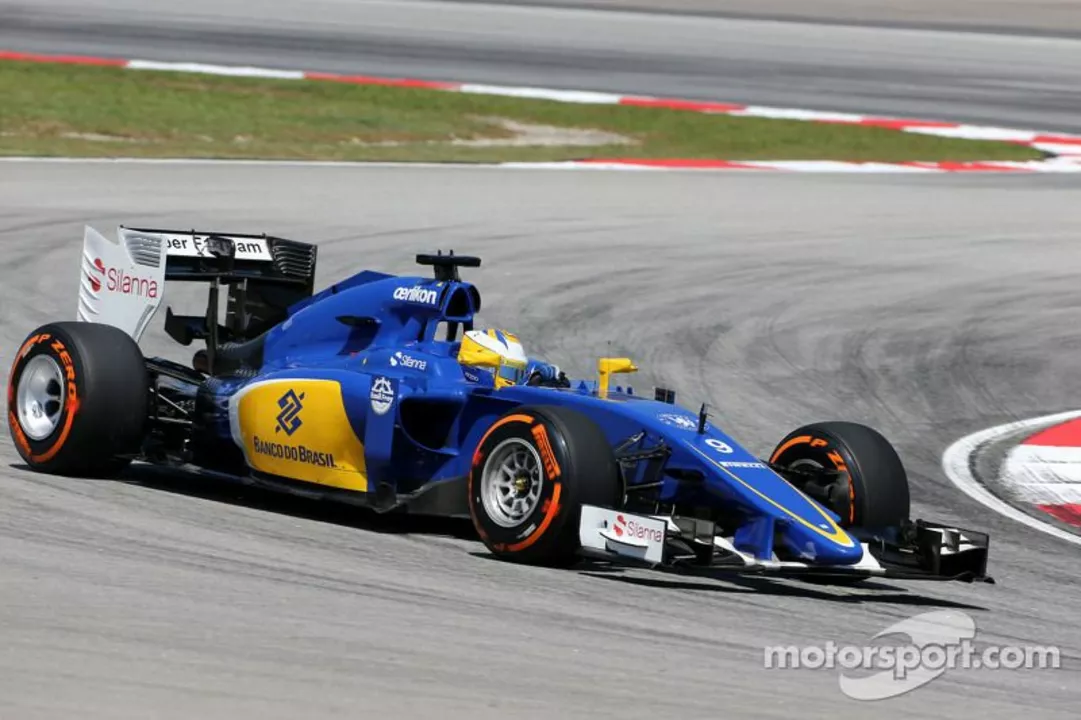IndyCar Team: What Fans Need to Know Right Now
If you love the roar of V6 engines and the sight of cars slicing through Indianapolis, you’re probably wondering how an IndyCar team actually runs. It’s more than just a handful of mechanics and a flashy livery – there’s strategy, engineering and a lot of teamwork behind every lap.
First off, an IndyCar team is built around three core parts: the driver, the engineers, and the pit crew. The driver brings the skill to push the car to its limits, but without engineers fine‑tuning aerodynamics, suspension and power units, even the best driver can’t win. The pit crew handles tire changes, refueling (when rules allow) and quick fixes that can shave seconds off a pit stop. All three must click together like a well‑oiled machine.
What Makes an IndyCar Team Tick?
Every team starts the season with a budget that dictates how many upgrades they can roll out. Teams like Team Penske or Chip Ganassi pour millions into research, while smaller outfits stretch every dollar for performance gains. The biggest advantage is data – each car is fitted with dozens of sensors that feed live information to the engineers. They watch tire wear, fuel consumption and aerodynamic drag in real time, then adjust the car’s setup for each track.
Tracks vary a lot. An oval like Indianapolis needs low drag and strong downforce on the left side, while a street circuit such as Long Beach demands a balanced setup for tight corners. Successful teams have a ‘setup library’ – a collection of proven configurations they tweak for each race. That’s why you’ll often see the same driver‑engineer pair staying together across seasons – familiarity speeds up decision‑making.
How to Follow Your Favorite IndyCar Team
Staying updated is easier than ever. Official team websites post daily briefings, while platforms like Instagram and Twitter give you behind‑the‑scenes looks at the garage, driver interviews and live timing links. If you want the raw numbers, the IndyCar.com stats page shows qualifying times, lap‑by‑lap data and pit‑stop durations for every team.
For deeper analysis, podcasts such as "The IndyCar Podcast" break down race strategy and talk to engineers directly. You can also join fan forums where members share insider tips on spotting upcoming upgrades or predicting strategy calls. Most teams stream practice sessions on YouTube – a great way to see how they test new parts before a race weekend.
Finally, if you want to feel the rush of a race day, check the official IndyCar calendar for upcoming events and grab tickets early. Many tracks offer fan zones where you can meet drivers, see the cars up close and even watch a pit‑stop practice demo.Whether you’re a casual viewer or a die‑hard follower, knowing how an IndyCar team works adds a layer of excitement to every race. Keep an eye on the data, follow the team’s social feeds, and you’ll catch the moments that turn a good lap into a winning one.

Starting my own IndyCar team is an exciting venture that requires thorough planning and research. First, I'll need to establish a budget, taking into account expenses like team personnel, equipment, and travel. Next, it's important to secure sponsors and partners to help fund the team. Building a skilled and dedicated crew is also vital, as well as ensuring I have a competitive driver lineup. Finally, registering with the IndyCar Series and meeting all their requirements will make my dream of owning an IndyCar team a reality.
Read More